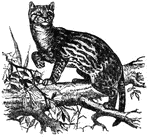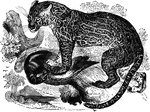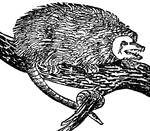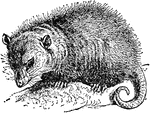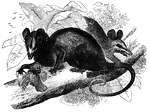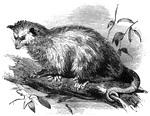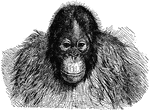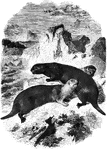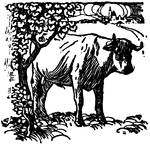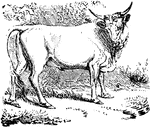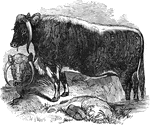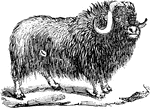The Mammals:O-Q ClipArt gallery contains 131 illustrations of mammals starting with the letters "O," "P," and "Q" including: ocelot, opossum, outang, orangutan, otter, ox, paca, panda, pangolin, panther, peccary, pig, platypus, polecat, porcupine, porpoise, prairie dog, pronghorn, puma, and quagga.

Leg of Ox
This illustration shows the leg of an Ox. P. Pelvis, FE. Femur, TI. Tibia, FI. Fibula, TA. Tarsus, MT.…

Ocelot
A class of carnivorous mammals native to the warmer parts of America, and commonly called tiger-cat.

Ocelot
"A digitigrade carnivorous mammal of the cat kind, peculiar to the American continent. It attains a…
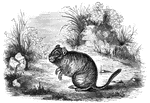
Octodon
"In size and shape, it resembles the water rat. The fur is long and moderately soft; upper parts of…
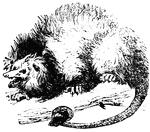
Opossum
The opossum is nocturnal and arboreal. At night it searches for insects, birds, eggs, fruit, etc. It…
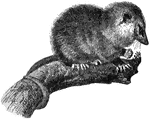
Opossum
"Opossum, of the marsupial family. Some species have pouches while others do not, and will therefore…
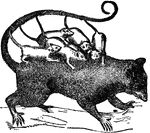
Opossum
A class of marsupial mammals native to America. They include a large number of species, ranging in size…

Opossum Mouse
"A genus or subgenus of marsupial quadreupeds of the family Phalangistdæ, peculiar to Australia."-Whitney,…
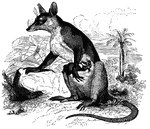
Common Opossum
"It has a pointed head, wide gape, numerous sharp teeth, a rough tounge, ears large and naked, small…

Water Opossom
"Opossom is the popular name for the pouched mammals which have a geographical range from the United…

Orang
The name of an anthropoid ape, signifying "man of the woods," and native to Sumatra, Borneo, and Malacca.…
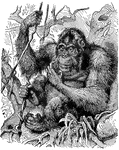
Orang Outang
"The Orang Outang is the Mias of the Dyaks; also known as the 'wild man of the wood.' It is a dull,…

Orangutan
"Monkey, a word loosely applied to apes, baboons, Old and New World monkeys, marmosets and lemurs."—…
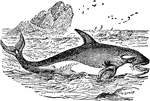
Orca
The Orca or Killer Whale (Orcinus orca), less commonly, Blackfish or Seawolf, is the largest species…
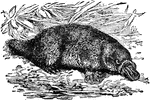
Ornithorhynchus
"Ornithorhynchus, commonly called duckbill or watermole, is a small quadruped found in Australia and…
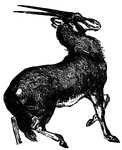
Oryx
The oryx is a native of S. Africa. It is one of the fastest animals in that region. It is similar in…

Caffrarian Otomys
"Is of a grayish-fawn, six inches long, with a tail two and a half inches. it is found at the Cape of…

Otter
A class of carnivorous mammals of the weasel family, which includes about twenty species that vary greatly…
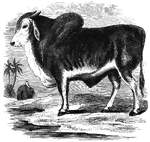
Indian Ox
"It has a long head, short, blunt horns, drooping ears, and a hump on its sholders sometimes weighing…

Indian Ox
"It has a long head, short, blunt horns, drooping ears, and a hump on its sholders sometimes weighing…
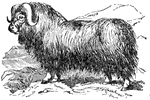
Musk Ox
Musk Ox or Musk Sheep, an animal combining characteristics of the ox and sheep; in size and shape resembling…
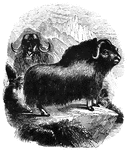
Musk Ox
"They frequent rocky regions desitute of woods, living on grass in the mild season and on lichens in…

Musk Ox
An animal resembling an ox and a sheep, and regarded as a connecting link between those two classes…

Syrian Ox
"The Syrian Ox in its present day has wide-spreading horns, high shoulders, and a dewlap that nearly…
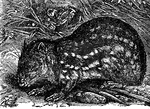
Paca
"The Paca is a small South American rodent, allied to the guinea pig. It lives singly or in pairs, passing…
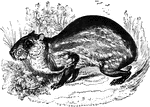
Brown Paca
"This animal, which is found in Brazil and the adjacent countries, and which once exsisted in the West…
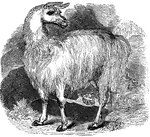
Paco
"Is considerably smaller that the llama, and is never employed as a beast of burden; it is principally…

Palaeotherium magnum
"The Palaeotherium magnum was of the size of a horse, but thicker and more clumsy; its head…

Palaeotherium minus
"The Palaeotherium minus was smaller in size compared to the Palaeotherium magnum,…
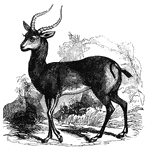
Pallah
"Four and a half feet long and three high. The general color is a deep red, and underr parts being white.…

Giant Panda
Ailuropus Melanoleucus. "A. melanoleucus, discovered by Pere David in 1869, in the most inaccessible…

Giant Panda
"Æluropus melanoleucus- A remarkable genus of carnivorous quadrupdes of the arctoid series of the order…

Pangolin
This is a type of anteater, covered in an armor of horny scales. When attacked, they roll themselves…
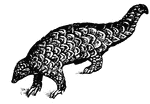
Pangolin
The pangolin is found in Asia and Africa and is armored with large trainagular scales and is toothless.
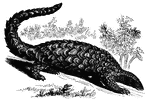
Indian Pangolin
"Its head is small, pointed, and conic; muzzle elongated and narrow; body rather stout; tail short and…

Long-Tailed Pangolin
The long-tailed pangolin (Manis tetradactyla) are known as scaly anteaters because of the large keratin…
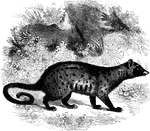
Paradoxurus
"These animals seem to have nearly as much command of their tails as the sajous. It is less prehensile,…
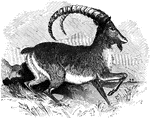
Paseng
"Found in large troops in the mountains of Persia and adjacent countries." — S. G. Goodrich, 1885
